Chick pea and shrimp stew
From a tin of chick peas and some cooked shrimp plus a few other basic cooking ingredients, it is possible to make a quick and tasty lunch or supper. Serve this dish with fresh herbs and a green side salad for a balanced meal.
2 servings
A tin of chick peas
About 200 g peeled and cooked shrimp
1 shallot, chopped
1 clove garlic, minced
2 tbsp. olive oil
100 ml tomato sauce
100 ml white wine
1 tsp. dried Provençal herbs
1 tsp. Piment d’Espelette or other mild chilli powder
A few fresh stems of basil
Rinse the basil under running water and let dry on kitchen paper.
Warm the olive oil over medium- low heat in a large skillet. Add the shallot and garlic and sauté for about 10 minutes stirring occasionally. Raise the heat to medium and add the white wine, tomato sauce, Provençal herbs, and Piment d’ Espelette.
Rinse the chick peas under running water, add to the skillet and stir. Let cook for about 5 minutes until the chick peas are thoroughly reheated and the sauce has somewhat reduced. Add the shrimp to the skillet and reheat for about 2 minutes.
Divide the stew into bowls and decorate with chopped basil leaves.


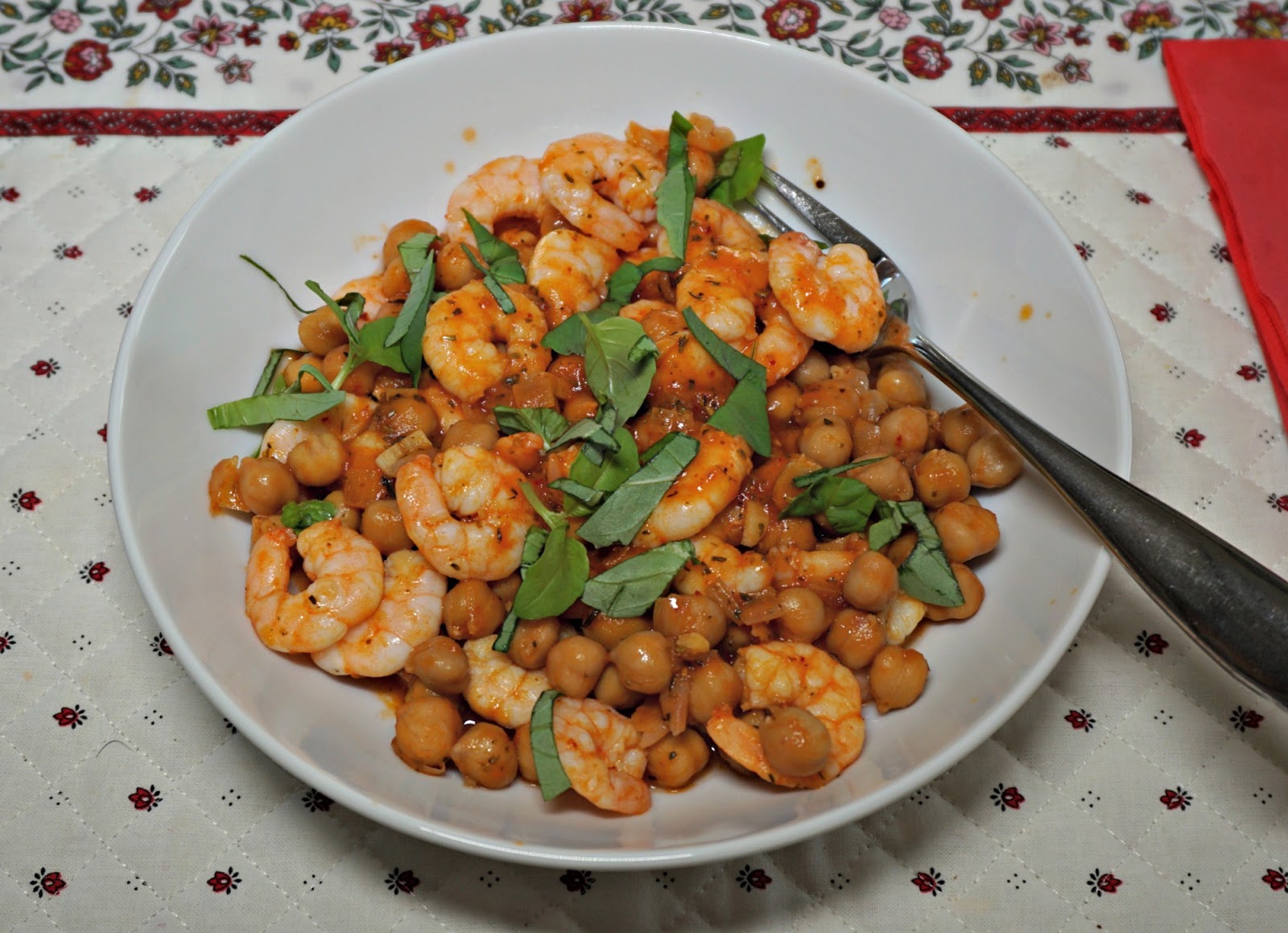







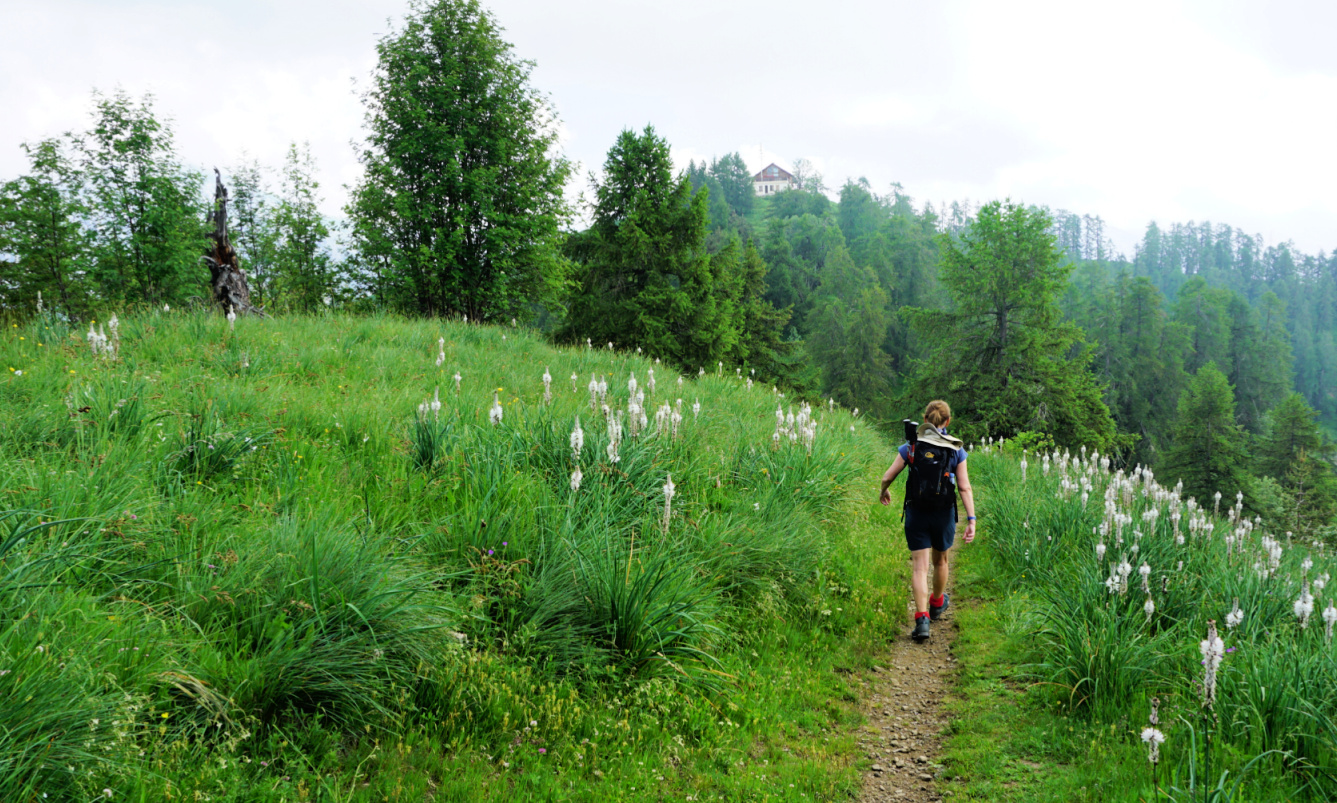
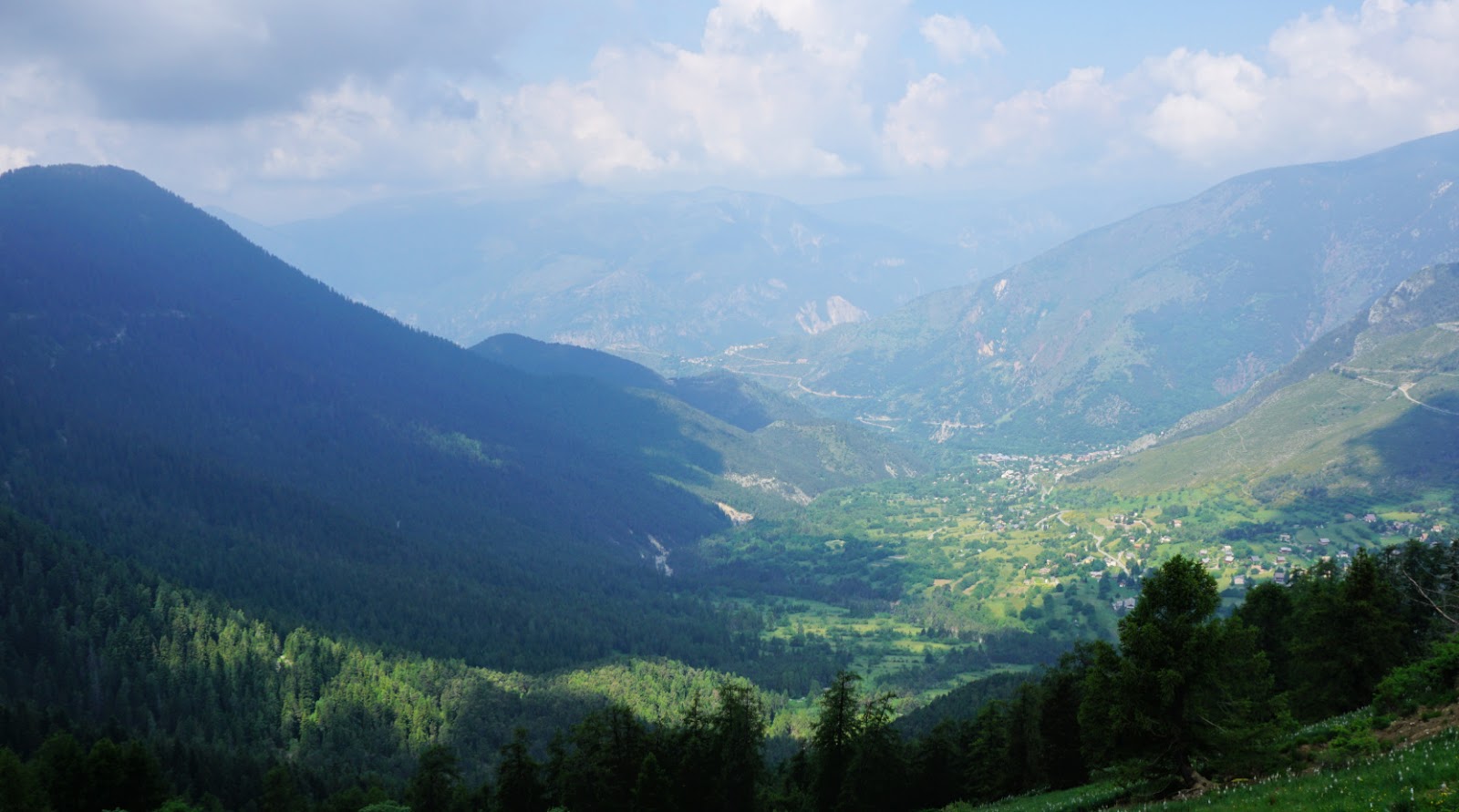

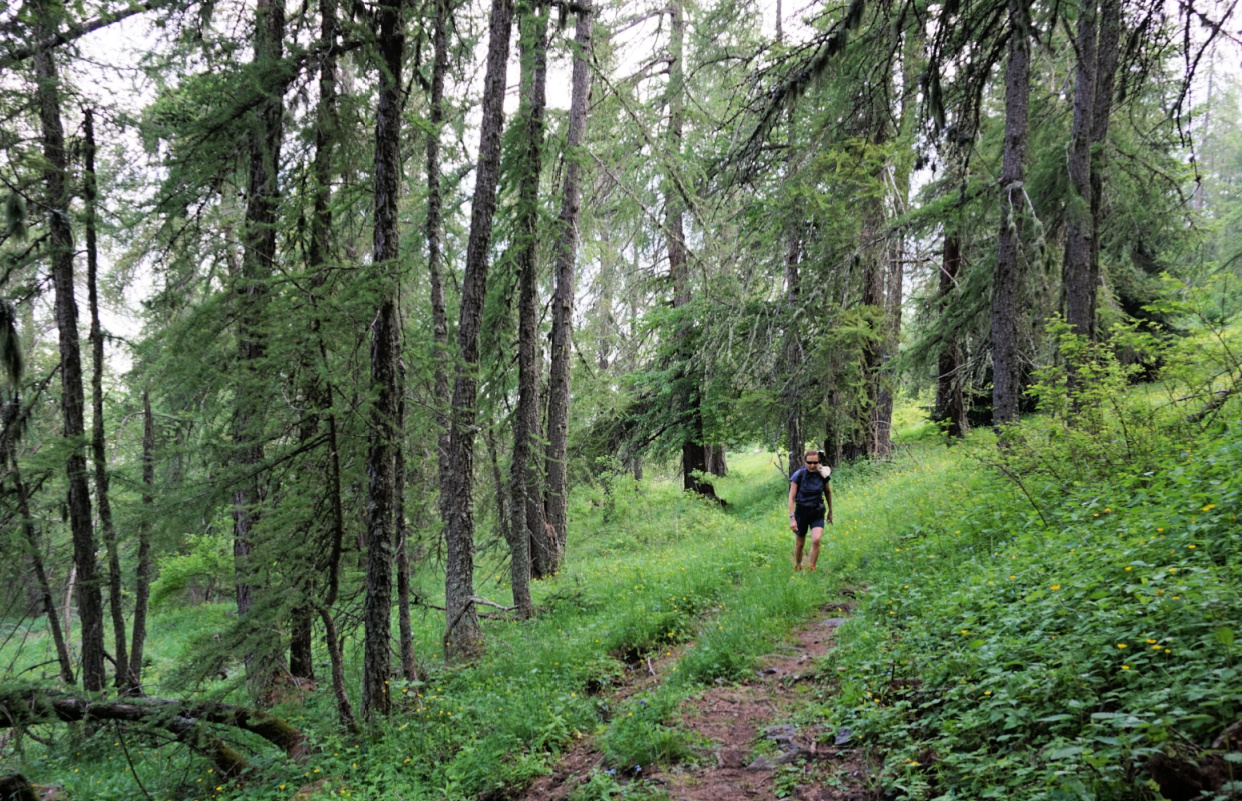

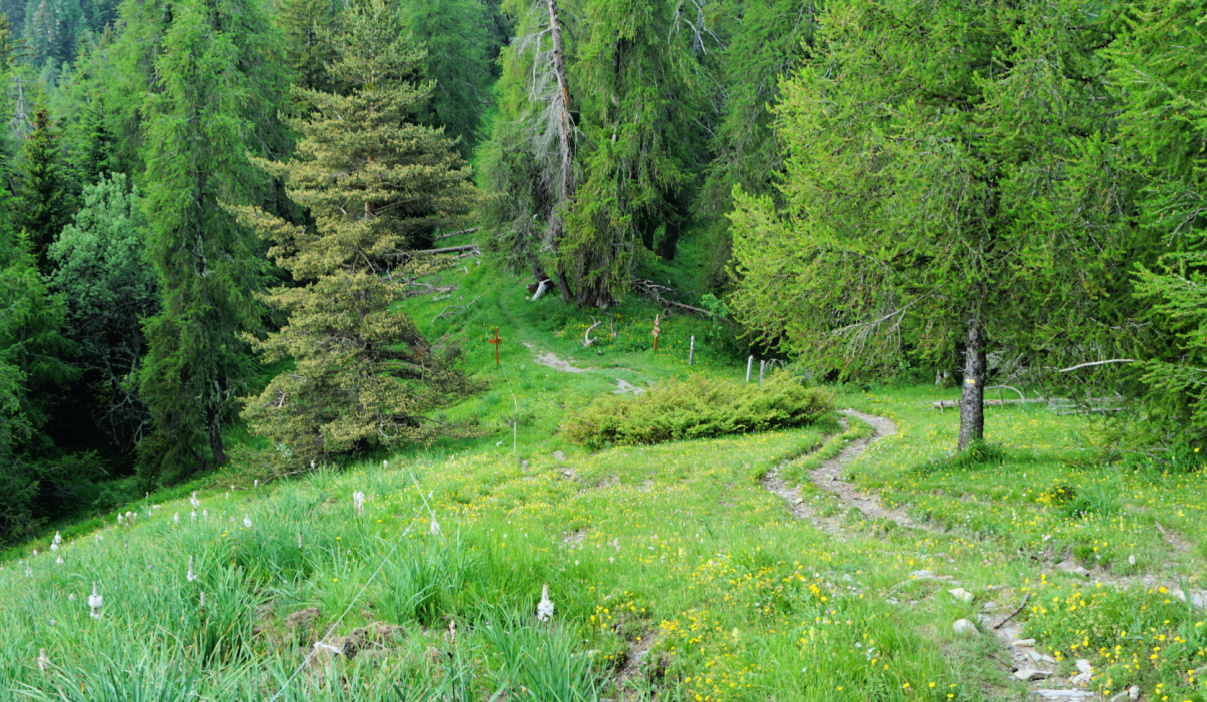
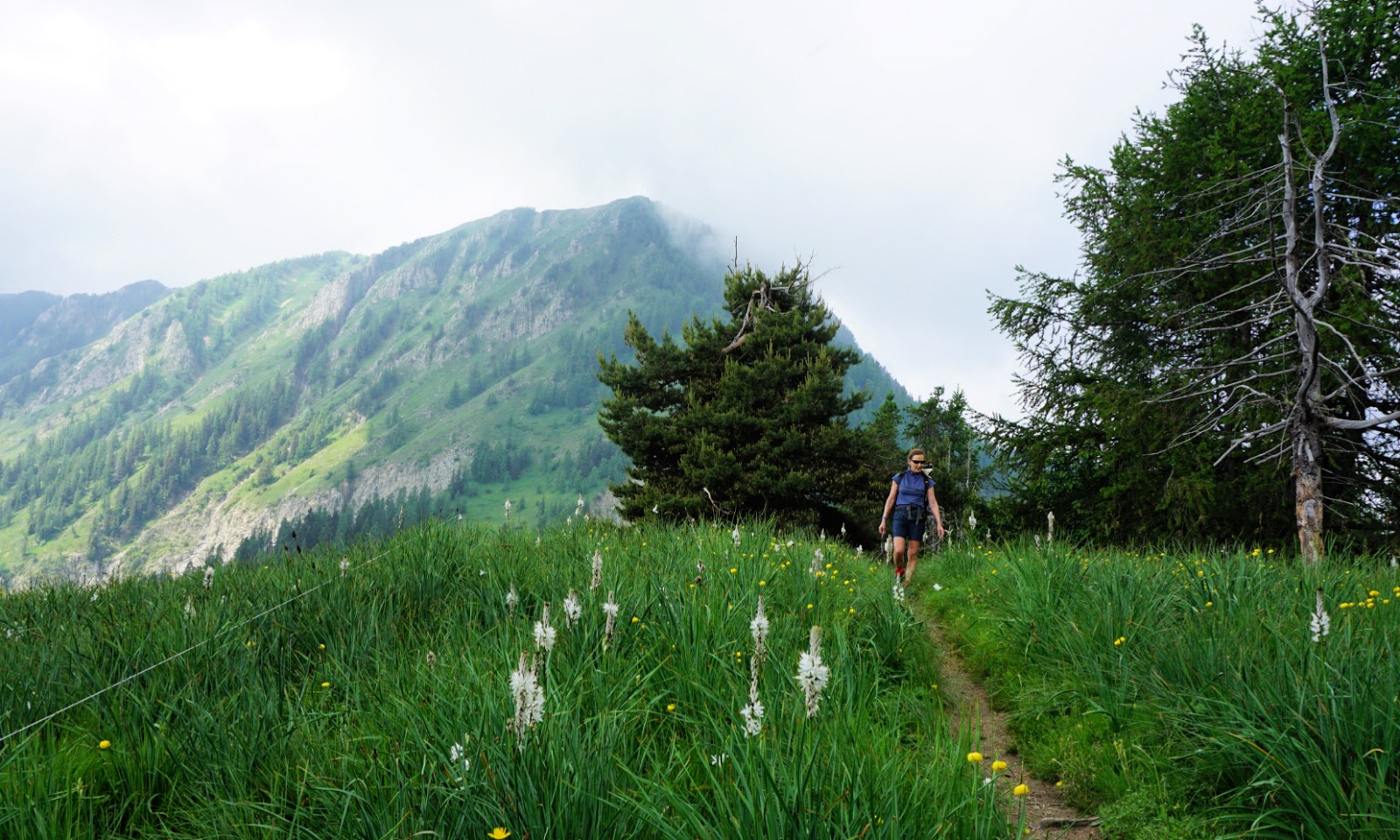
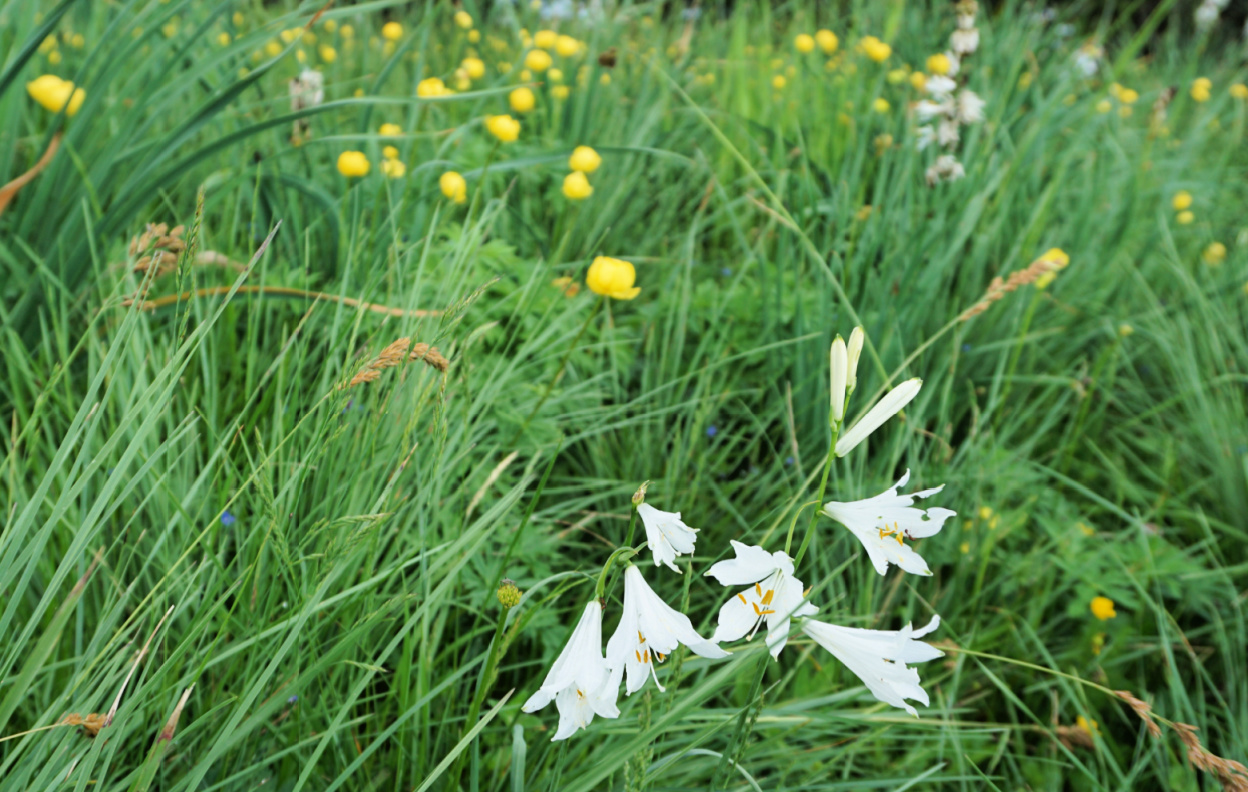
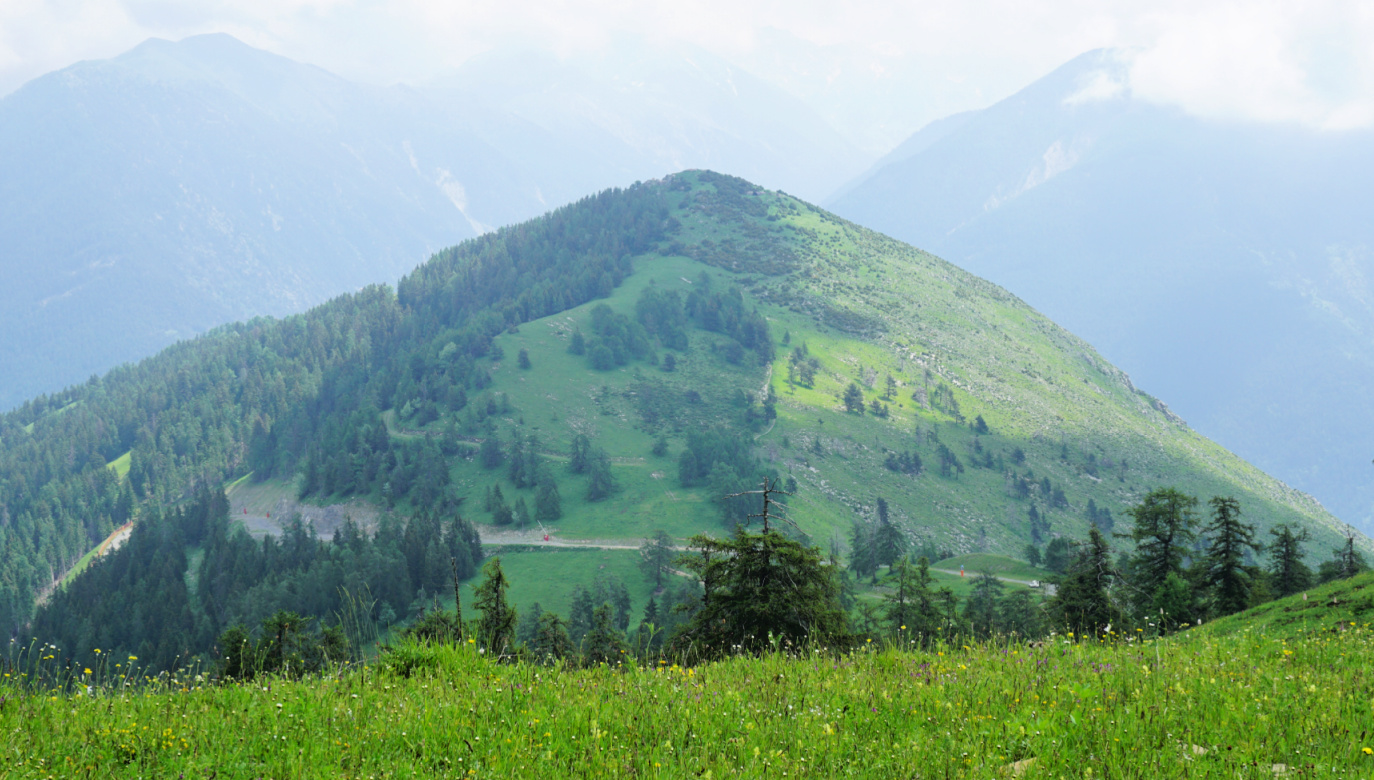
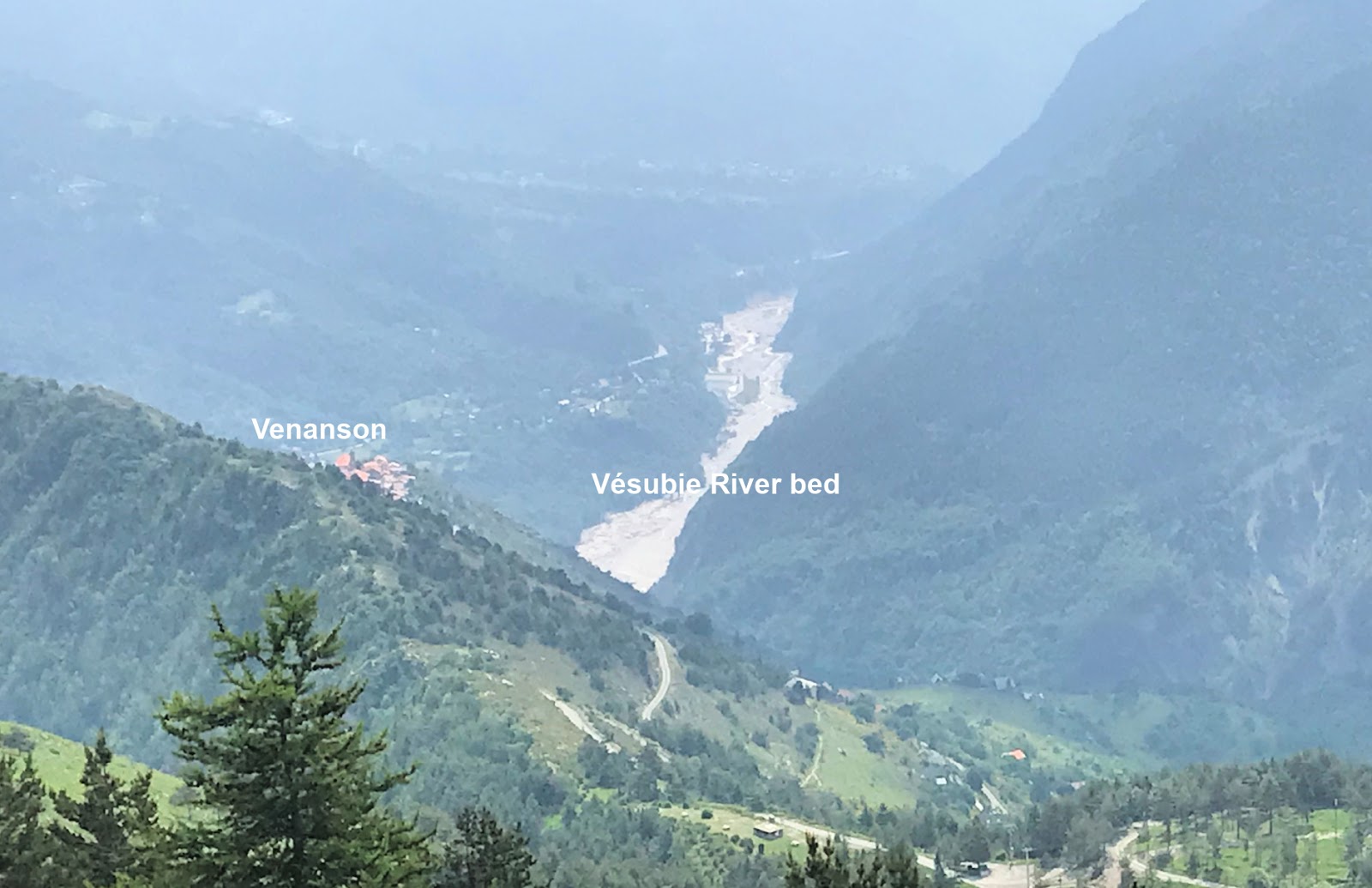
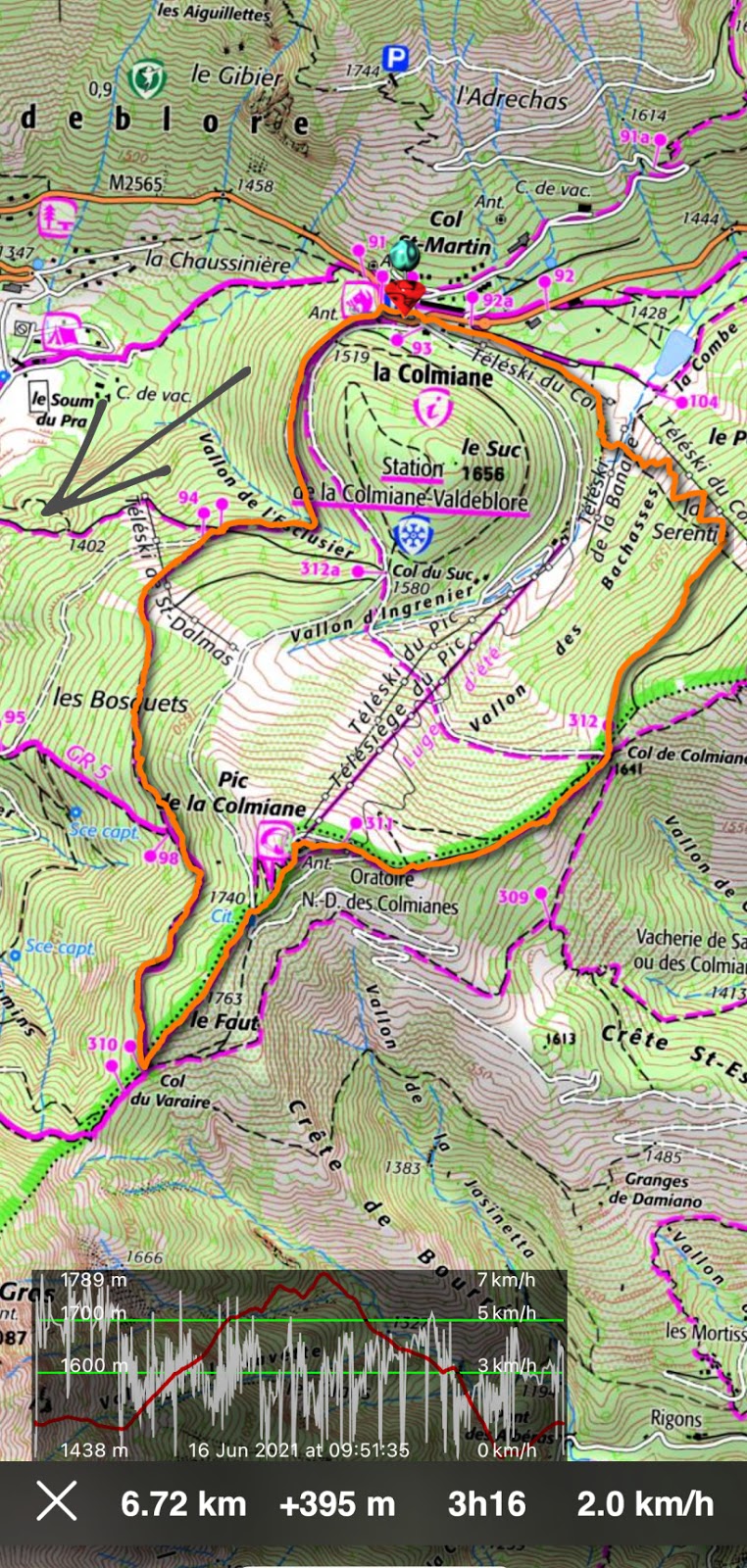
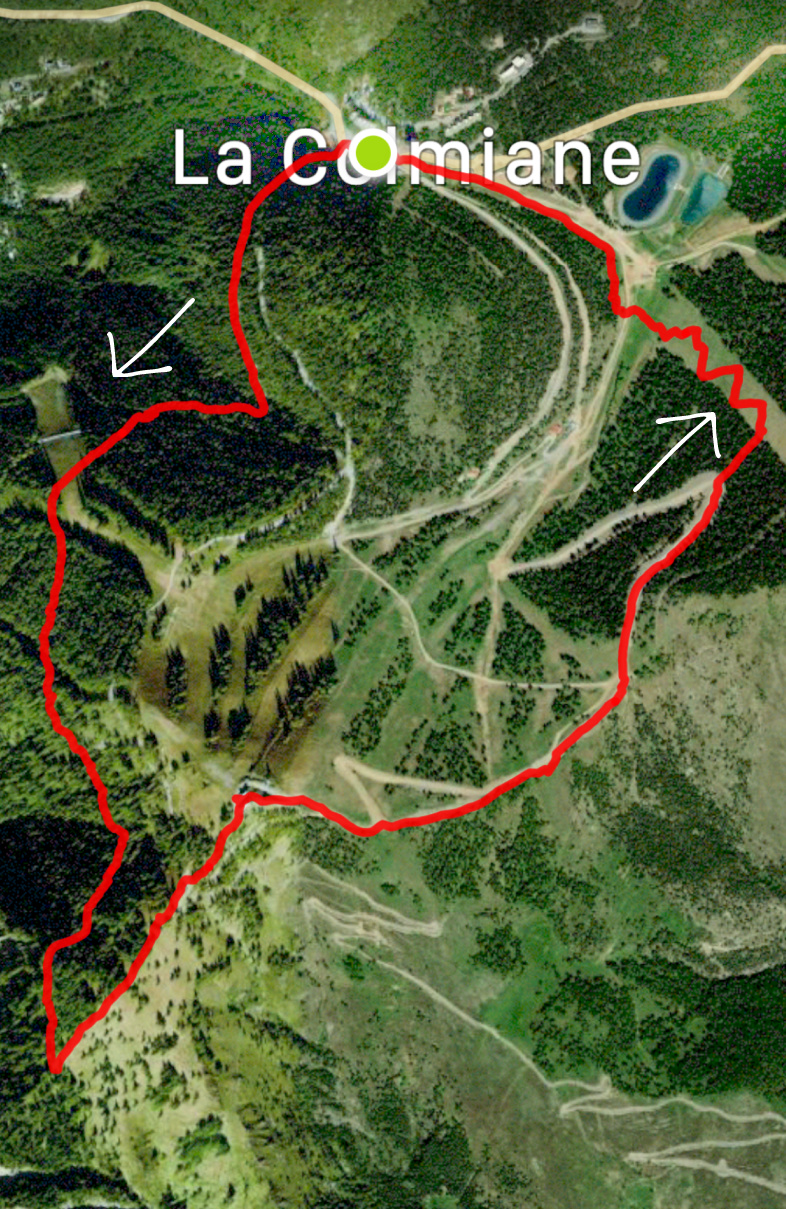
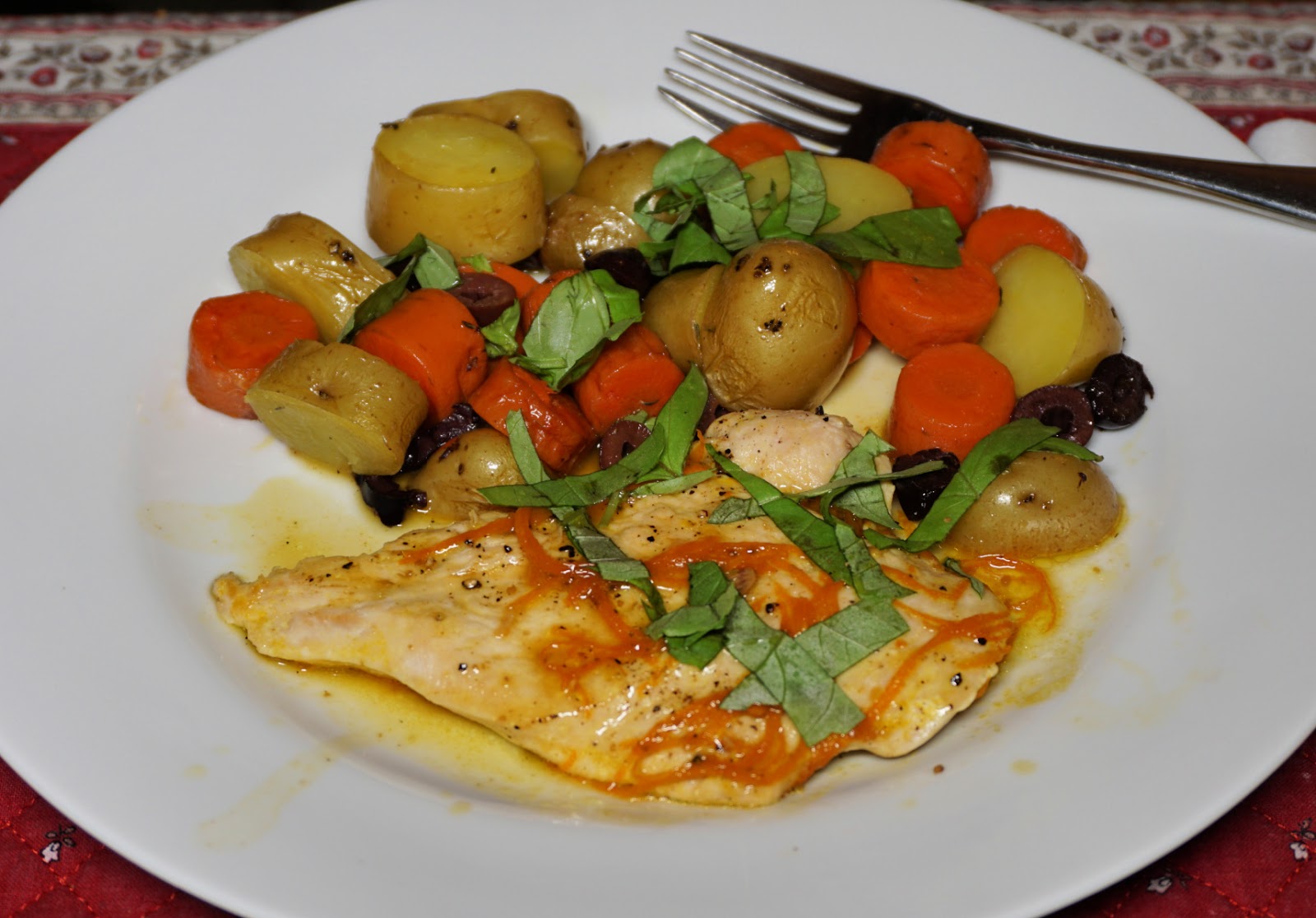

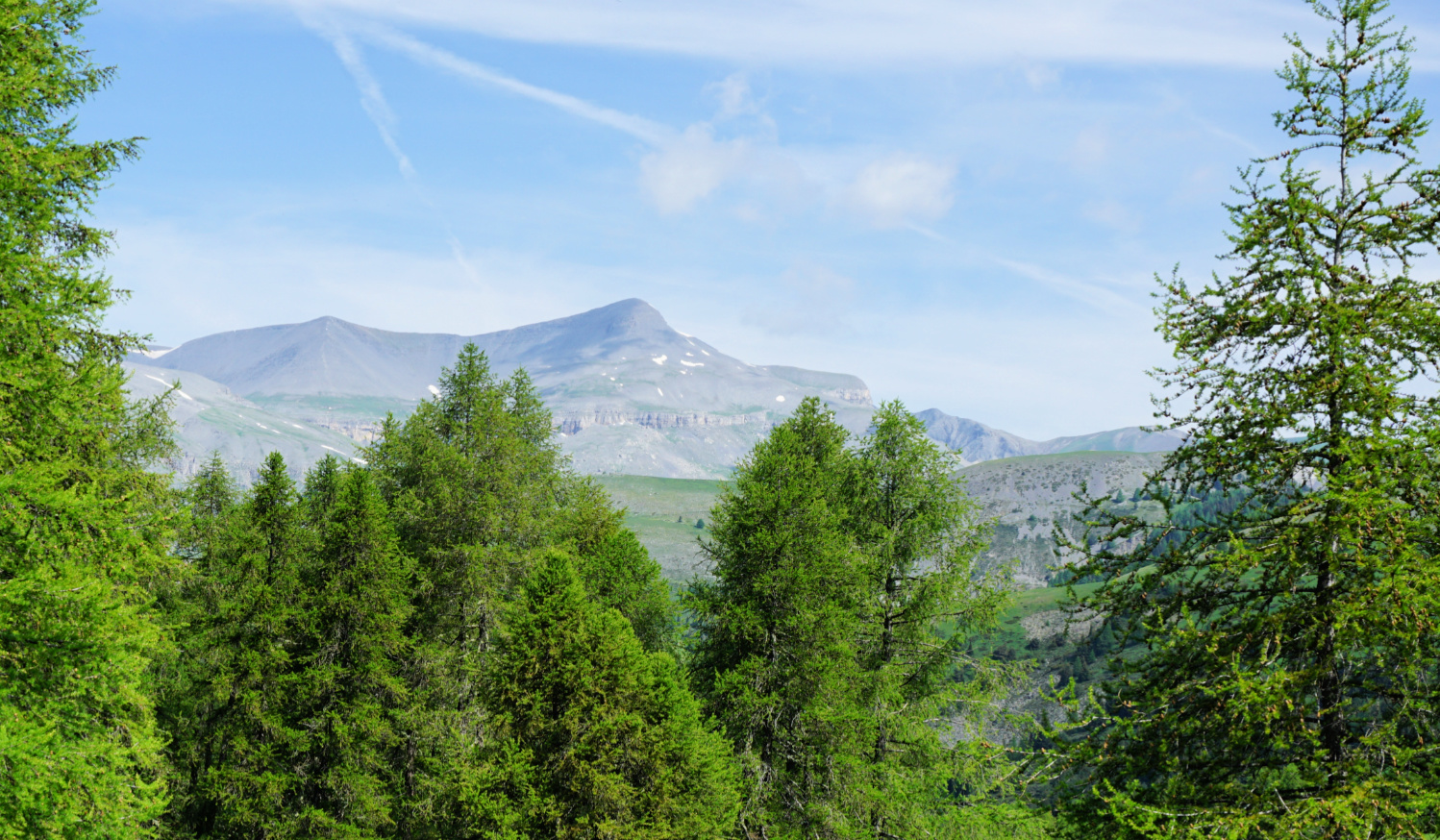



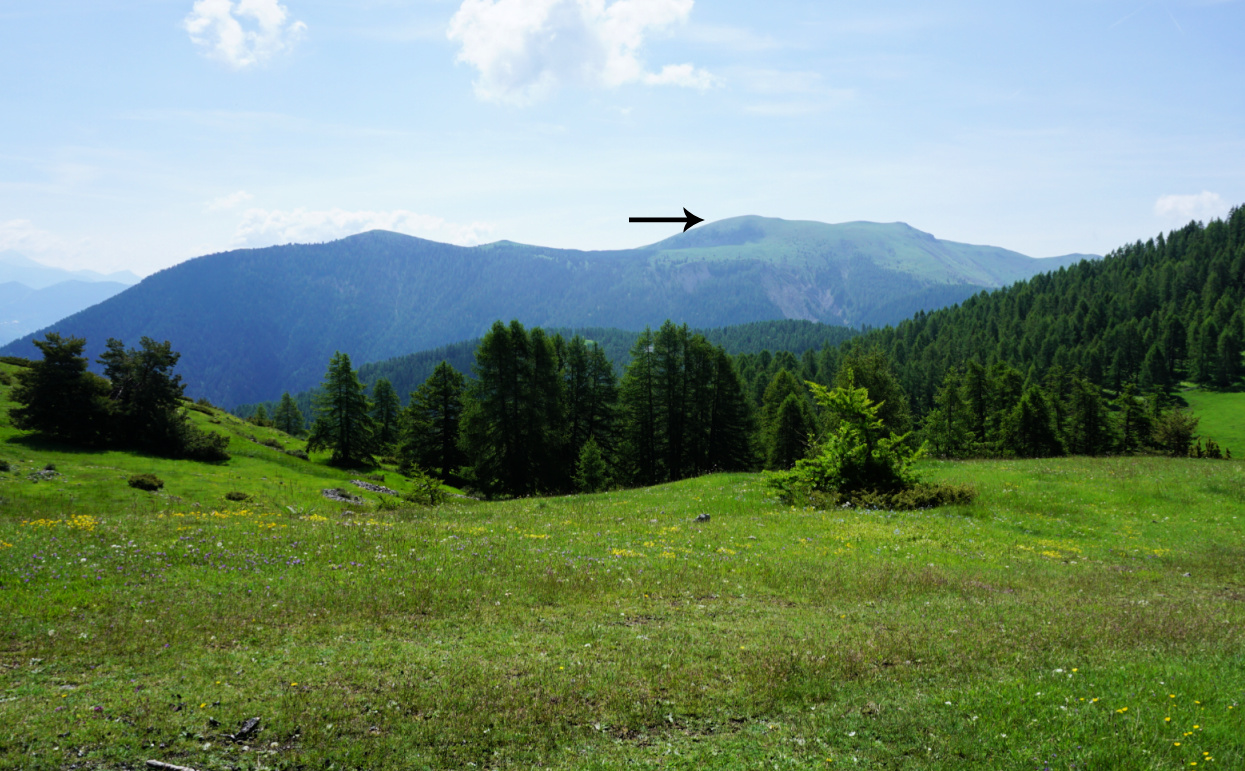






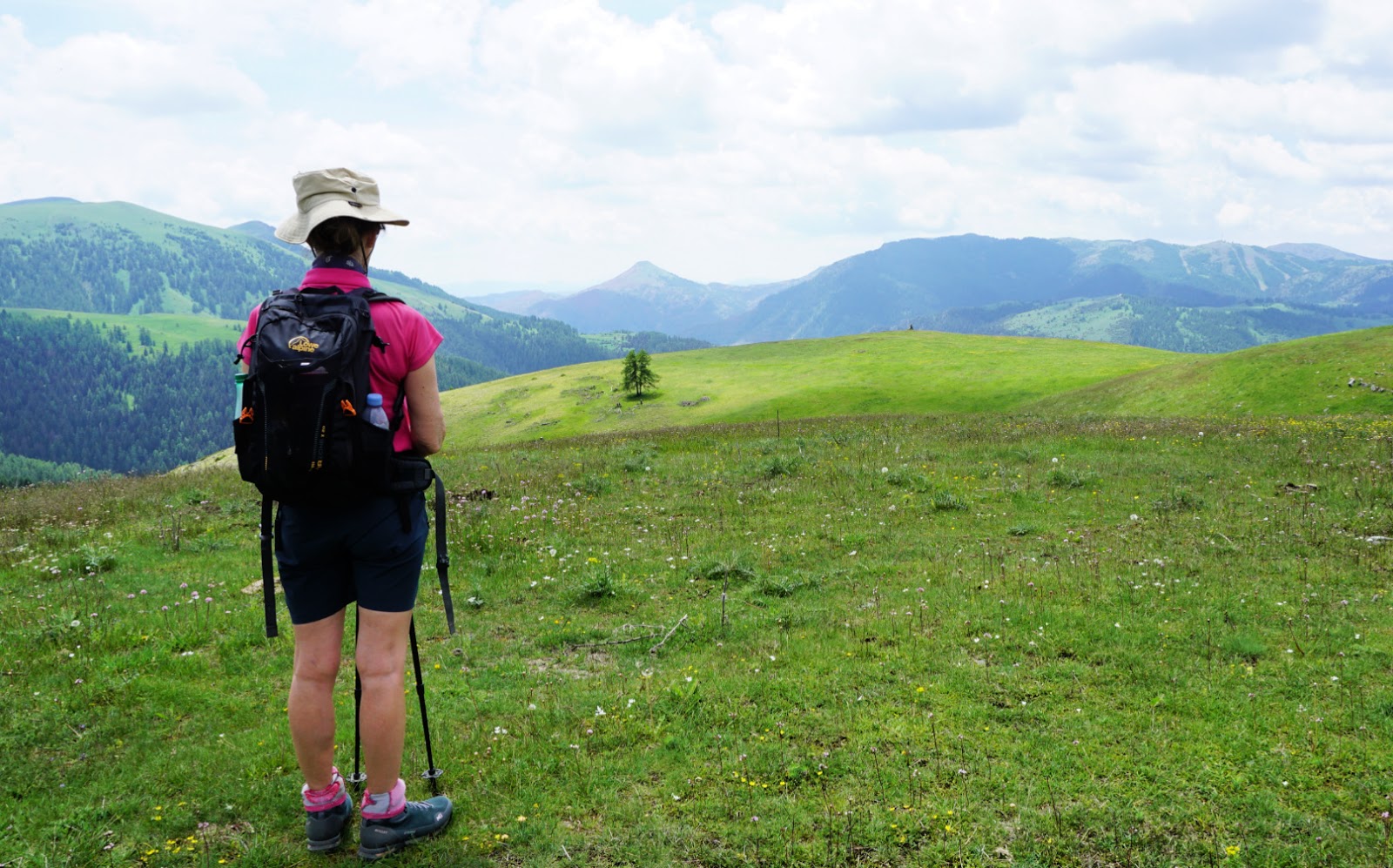

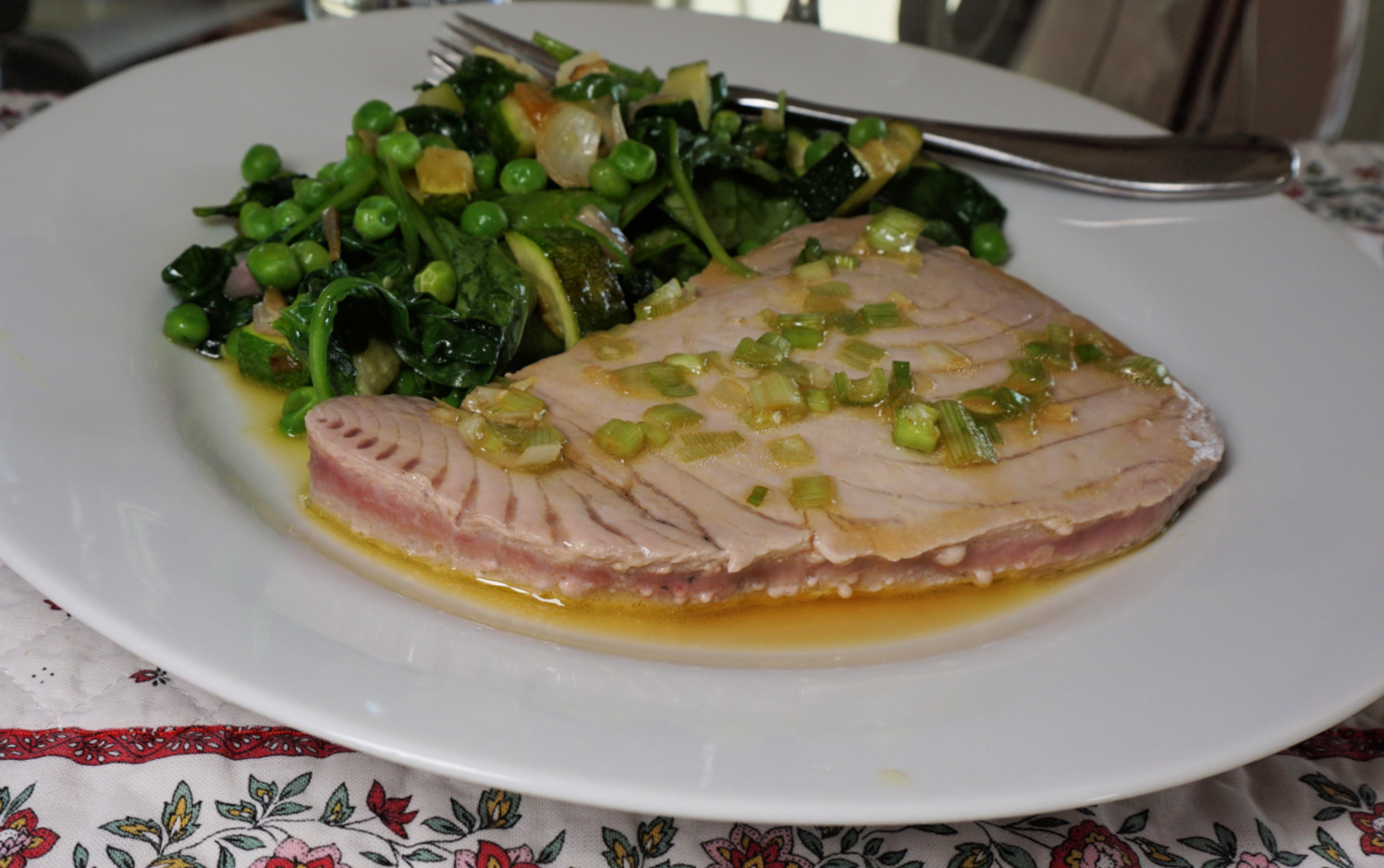




0 comments:
Note: only a member of this blog may post a comment.